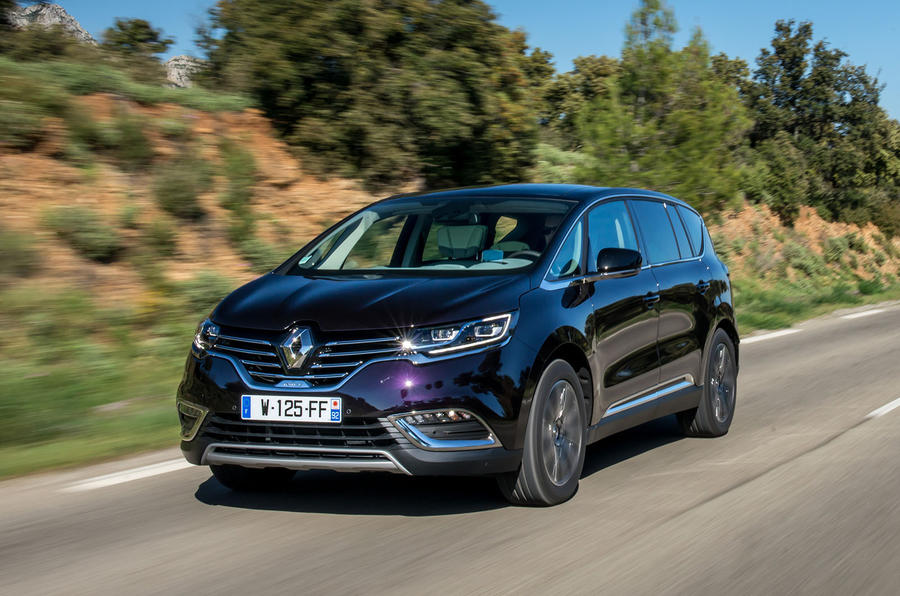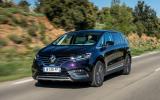What is it?
This is the all-new fifth generation Espace which, as a first glance shows, has moved markedly away from the class ‘monobox’ styling that began with the original model back in 1984.
According to Renault's own crystal ball gazers, the monobox MPV is a rapidly dying concept - a move which will also see the upcoming replacement for the Scenic become much less MPV-ish.
The official line on the new concept is that Renault's existing Espace customers still want the "Espace DNA: a light cabin, comfort and modularity" but now also want more driving pleasure and "more emotion". Renault calls the new Espace a crossover, and admits that the styling of the lower half of the car is influenced by SUV design.
Indeed, it gets larger wheels (a choice from 17in to 20in) and a useful ground clearance of 160mm; some 40mm more than the outgoing Grand Espace. The upper half of the new Espace remains determinedly and individually Renault, as you might expect given the company's track record on large car design. While the TGV-influenced nose has gone, the deep windscreen remains, as does the upright tailgate and high-mounted rear light clusters.
The new Espace is based on the Renault-Nissan Alliance's CMF platform. This natively front-wheel drive architecture will underpin D-segment cars globally from both brands, including the upcoming Laguna/Latitude replacement and the new Renault Kadjar SUV.
It’s built at the Douai plant in France, which has undergone a £300 million refit for the new architecture. Interestingly, Renault says that Daimler gave it advice on improving the production quality, including the paint finish.
Thanks to the all-new platform, the use of aluminium and plastics for the skin panels and much lighter non-removable seats, the Espace 5 is a significant 250kg lighter than its predecessor.
The platform’s base specification is decidedly mainstream, offering MacPherson struts at the front and what Renault calls "a semi rigid" rear axle. However, Renault is offering an interesting cost option called 4Control chassis. It combines active damping with active four-wheel steer, something first seen on the Laguna III in 2007.
Multi-Sense – operated through the impressive R-Link 2 touch screen – allows extensive customisation of the areas of interaction with the driver. The steering response, engine sound and response curves, the transmission shift points, instruments and interior lighting effects can all be tweaked. On models fitted with 4Control, the dampers and chassis responses can be adjusted.
Renault is offering three engines at launch. The 129bhp, 236lb ft and 116g/km Energy dCi 130 diesel that is matched to a six-speed manual gearbox will please home market rationalists, but the Energy dCi 160 EDC twin-turbo diesel will probably be the most popular. This unit is good for 159bhp, 280lb ft and 120g/km CO2 and is matched with a six-speed, dual-clutch automatic.
The one petrol engine - the 199bhp and 191lb ft Energy TCe 200 EDC - is rated at a reasonable 140g/km of CO2 and hooked up to a seven-speed, dual-clutch transmission.
For all the evident thought that has gone into the new Espace, it is not being engineered in right-hand drive and won't come to the UK. For those markets receiving it, prices will start at the equivalent of around £25,000.

















Join the debate
Add your comment
Reflections on the windshield
That touchscreen....
Apart from that, quite a handsome car, for a people carrier
That engine